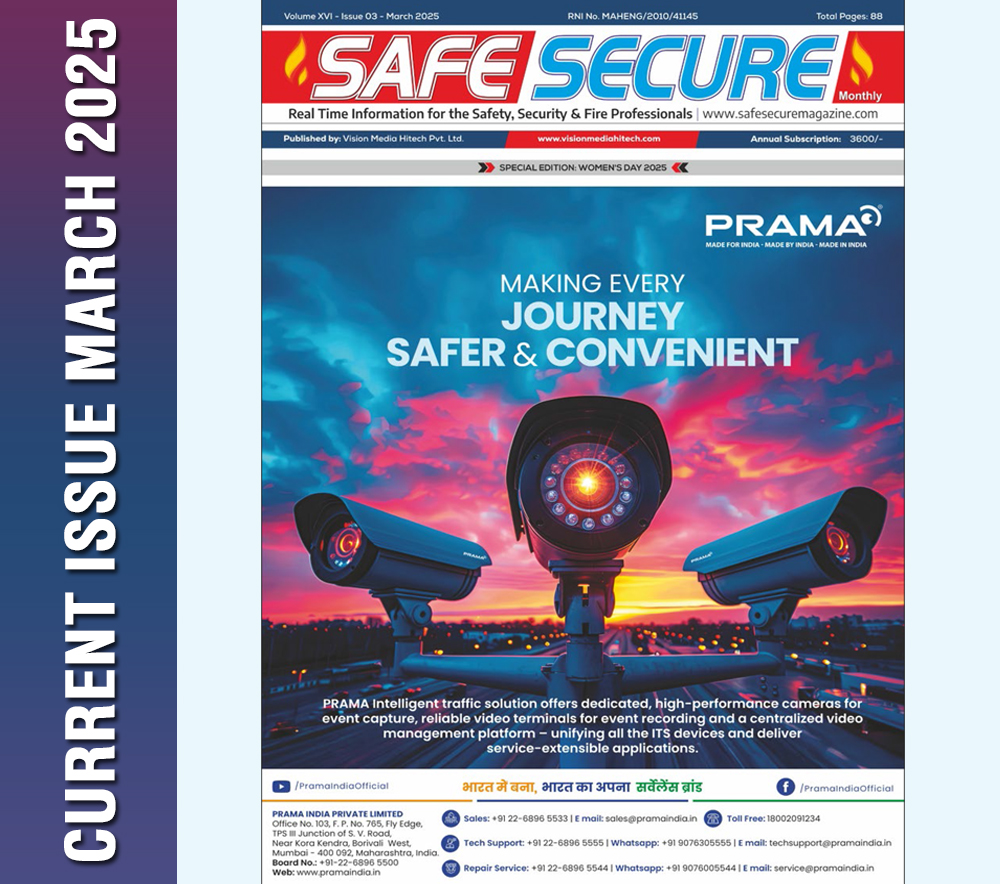Navigating Workplace Noise: Understanding Noise Risk Assessment

Noise risk assessment stands as a crucial practice in
safeguarding workers against the hazards of excessive noise in the workplace.
This article delves into the intricacies of noise risk assessment, shedding
light on its significance and the benefits it offers.
Understanding Noise and its Impact
Noise, defined as unwanted sound causing damage to the ear,
poses severe health implications including hearing loss, stress, and decreased
productivity. Excessive noise exposure can lead to permanent damage to the
inner ear's nerve endings.
Legal Requirements for Noise Hazard
Various countries have enacted laws and regulations to
protect workers from noise exposure. Compliance with these legal requirements
mandates the implementation of noise risk assessment in workplaces, emphasizing
its importance in ensuring worker safety.
OSHA Requirements for Noise Hazards
Occupational Safety and Health Administration (OSHA)
mandates employers to establish a hearing conservation program when noise
exposure exceeds specified levels. This program aims to prevent initial hearing
loss, protect remaining hearing, and provide workers with necessary knowledge
and protective equipment.
Components of a Noise Risk Assessment
A comprehensive noise risk assessment encompasses:
- Identification
of noise sources
- Noise
exposure assessment
- Implementation
of control measures
- Monitoring
and review of noise levels
Steps in Conducting a Noise Risk Assessment
- Identify
noise sources and workers at risk.
- Determine
noise exposure levels.
- Implement
appropriate control measures.
- Regularly
monitor and evaluate noise levels.
Benefits of Practical Noise Risk Assessment
Practical noise risk assessment yields numerous benefits:
- Promotes
a safe work environment
- Enhances
employee well-being
- Increases
productivity
- Ensures
compliance with legal requirements
Industries with High Risk of Noise Hazards
Several industries are particularly susceptible to noise
hazards, including manufacturing, construction, aviation, and fabrication.
Role of Occupational Health Specialists
Occupational health specialists play a pivotal role in
conducting noise risk assessments, ensuring a comprehensive approach to worker
well-being and safety on-site.
Conclusion
Noise risk assessment is indispensable for mitigating
noise-related risks in the workplace, protecting workers' hearing health, and
ensuring compliance with legal standards. By conducting regular assessments and
implementing appropriate control measures, organizations can foster a safe and
healthy work environment conducive to employee well-being and productivity.





.png)







